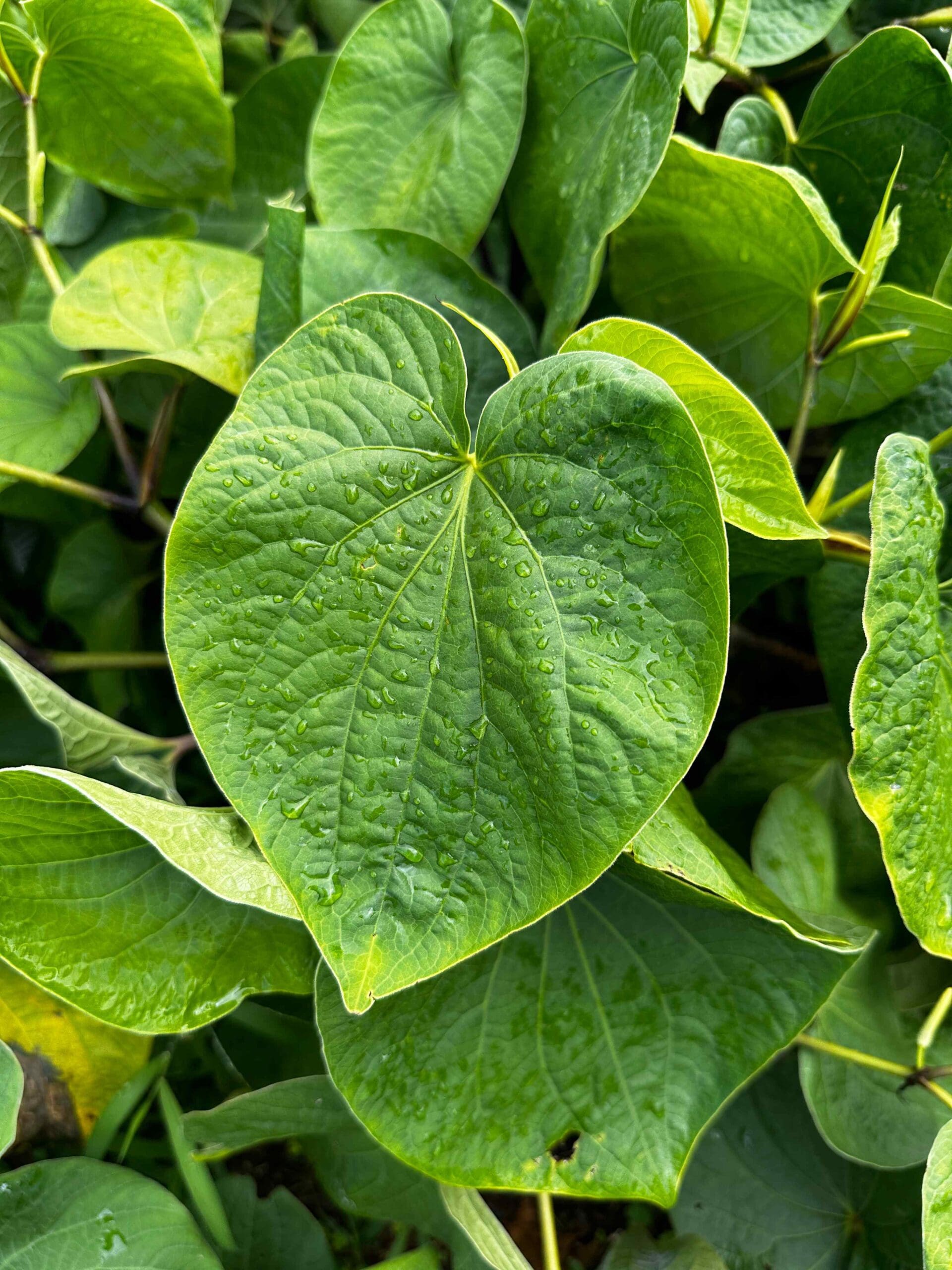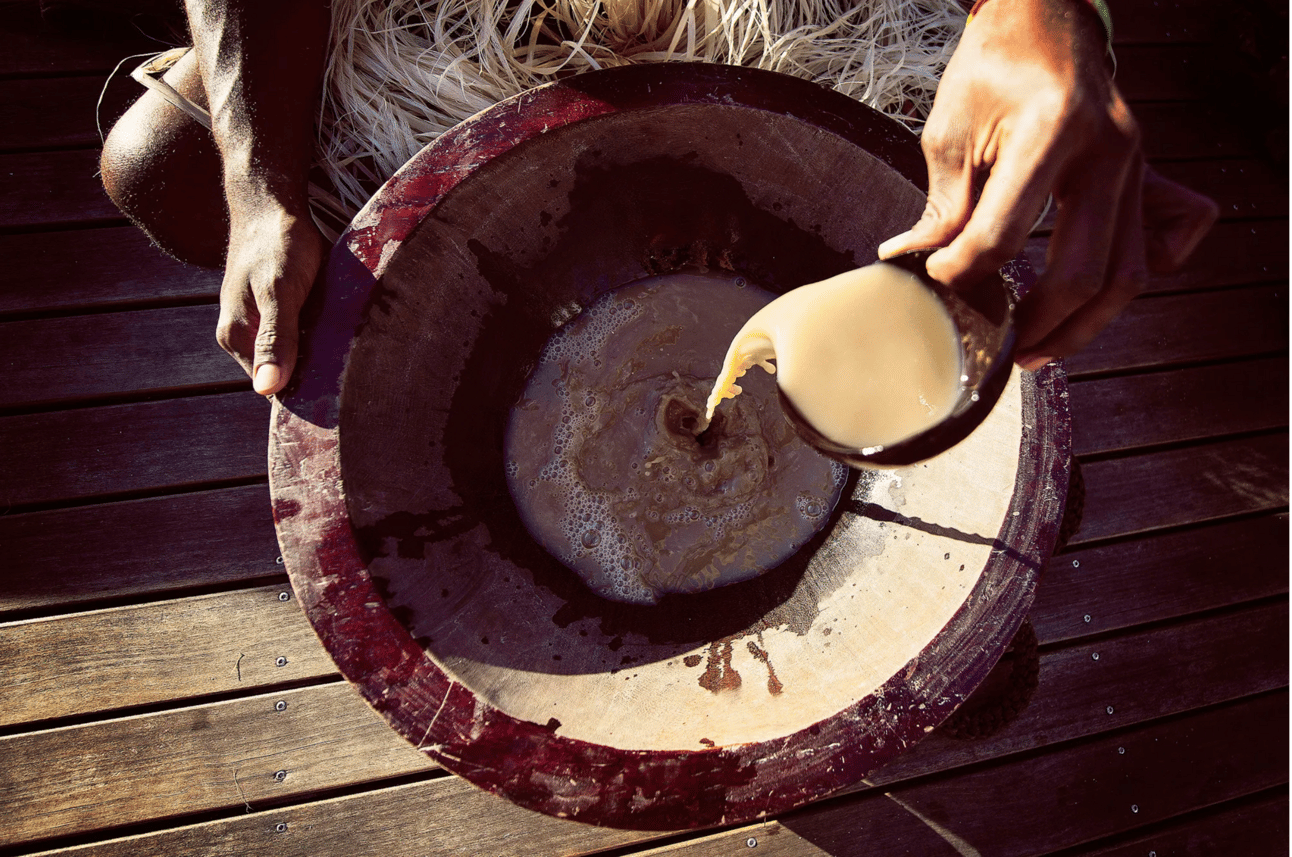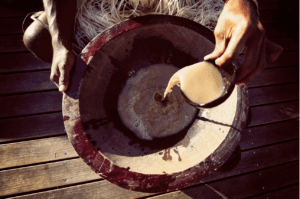Kava, a tea brewed with the ground root of the kava plant, has only increased in popularity throughout the world over time. A part of life for generations for the native peoples of Polynesia, kava creates feelings of happiness, calmness, and relaxation.
Kava does not cause the same impairments or hangover issues as alcohol and its popularity is growing as an alcohol alternative.
With many species growing across the south pacific, kava is native to the Polynesian islands, where sea-faring native peoples brought the relaxing and happiness-inducing root across the region.
With a fascinating history, here are six interesting facts about kava plants.

Ready to harvest at around 4-5 years of age
Kavalactones are the compounds in the kava plant that the kavalactone receptors in our bodies react to. These kavalactones create the relaxing and uplifting effects of the root.
Kavalactone amounts in kava plants reach peak quality for making kava tea at around 4 or 5 years old. Kava farmers harvest most plants around this time. Both before and after this age, the kavalactones are not at optimum levels for drinking tea.
The plants can grow to 10-15 feet in height
When left to grow to their maximum potential, kava plants can grow up to a towering fifteen feet in height.
For kava grown for harvesting the roots, the plants are around 6 ft tall by the time they can be harvested. The roots of kava plants used for making kava tea can grow two feet below the ground.

Kava plants are grown by cuttings
As they have evolved as a species over time, kava plants do not reproduce sexually by flowering and pollination like most plant life. Female kava plants are extremely rare and do not often create flowers or seeds.
For this reason, the kava plants we know today are grown through propagation with cuttings.
6 Kavalactones are responsible for its effects
Kavalactones are compounds within kava plants. Our brains have kavalactone receptors which is the reason they can affect us and produce relaxing and happy feelings. There are at least 18 kavalactones in the roots of kava plants. Six of them are responsible for the happy, relaxed, euphoric, and calming feelings we experience when drinking kava.
Kava is native to the Polynesian Islands and popular in the Pacific

The native peoples of Polynesia discovered kava generations ago and have been using it since during ceremonies, social occasions, leadership meetings, and community gatherings.
Native tribes traditionally drink kava in its original form. Made simply with ground kava and water and without flavorings. Traditional kava has a distinct peppery taste that some people find to be a little bitter.
Vanuatu has strict rules around the export of kava
Vanuatu has a long and traditional history of growing and drinking kava. The native peoples have been growing and drinking kava for generations. Although the wider world discovered its benefits hundreds of years ago, its growing popularity is a more modern development.
In response to the increased export demand for kava from Vanuatu, the country has strict rules for harvesting, crop, and quality control to ensure that cheaper and potentially harmful additives are not added to its exports.
At Kavahana, we provide the highest-quality experience
At Kavahana, the first kava-only bar in Los Angeles, we value the traditions of kava and only use 100% pure kava with no additives from Fiji and Vanuatu. With many delicious flavor options and traditional water-only kava, we have kava options for every palette.









